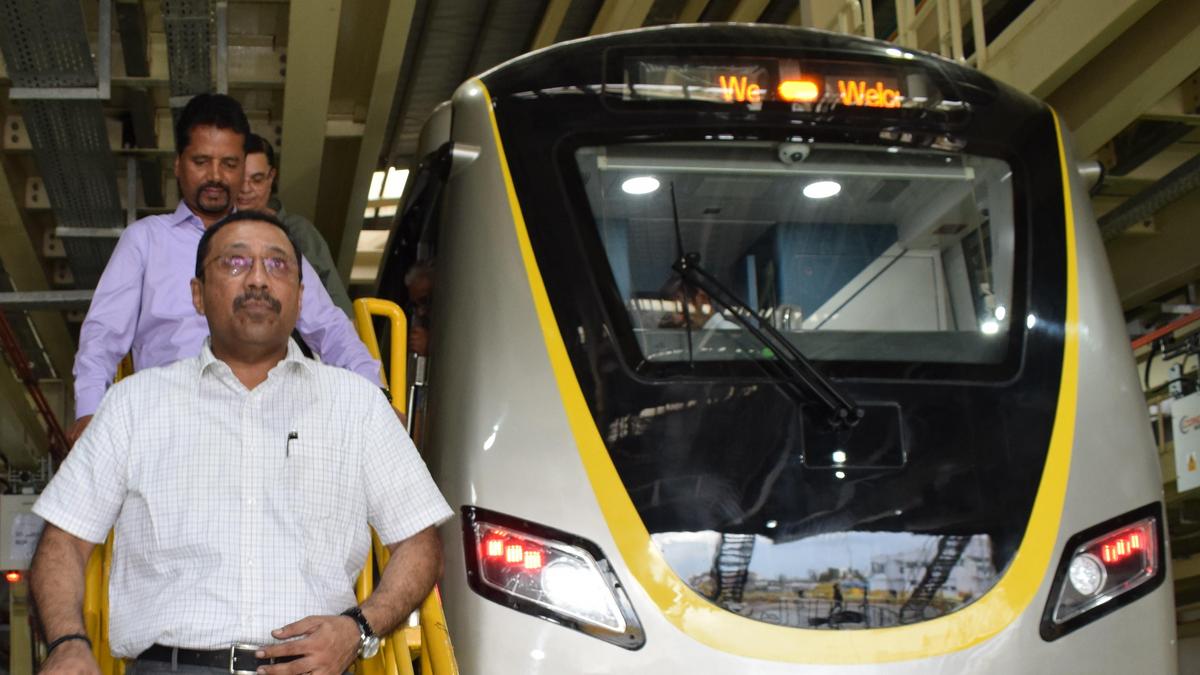Copyright thehindu

On the occasion of the 70th Karnataka Rajyotsava, the Bangalore Metro Rail Corporation Limited (BMRCL) will induct the fifth train into service on the Yellow Line of Namma Metro in Bengaluru from November 1. Commuters on the Yellow Line, who have been facing severe overcrowding because of a limited number of trains, are expected to get some relief with the introduction of a fifth train. According to BMRCL officials, the addition of the new train is expected to significantly enhance connectivity and reduce waiting time for commuters along the 19-km Yellow Line, which runs between R.V. Road and Bommasandra. “With the induction, train frequency during peak hours will improve from the current 19 minutes to 15 minutes,” the official added. BMRCL stated that while the frequency of trains will increase, there will be no change to the first and last train timings from either terminal. Services will continue as usual throughout the day, but with the improved headway benefiting thousands of daily passengers. BMRCL received its fifth trainset at the depot on September 30. The coaches had been dispatched from Kolkata-based Titagarh Rail Systems Limited on trailers on September 19. After arriving in Bengaluru, the train underwent a 20-day testing cycle, according to officials. The Yellow Line, a important metro corridor in Bengaluru, was inaugurated by Prime Minister Narendra Modi on August 10 and opened for public operations the next day. The line connects the city’s southern neighbourhoods and Electronics City to the broader metro network. However, with just three trains in service at the time of launch, commuters experienced long waits of over 25 minutes during peak hours, resulting in overcrowding. The addition of a fourth trainset on September 10 brought only a little improvement, reducing the frequency to 19 minutes. Officials said the addition of the fifth trainset is expected to further ease congestion on the Yellow Line, though more trains will be needed to achieve optimal service levels. Each train on the corridor is fitted with Communication-Based Train Control (CBTC) technology, which allows for driverless operations, a first for Namma Metro. While the CBTC system can shorten the gap between trains from the current 150 seconds to just 90 seconds, services are presently being operated manually by trained locomotive pilots.



